Introduction
Video compression is an essential technology that powers everything from online streaming platforms to physical media like Blu-ray discs. Among the most prominent codecs in video compression history are VC-1 and H.264, two formats that have played pivotal roles in shaping digital media consumption.
This guide provides a detailed comparison of VC-1 and H.264, addressing their technical aspects, adoption, and performance to help you better understand which codec suits your needs. If you’ve been searching for insights on “vc-1 vs h264 reddit,” this article will deliver an in-depth and unique perspective.
Background
What is VC-1?
VC-1 is a video compression standard developed by Microsoft and standardized by the Society of Motion Picture and Television Engineers (SMPTE). Originally created as a proprietary codec for Windows Media Video, it became an official SMPTE standard in 2006. VC-1 was widely adopted in HD DVD and Blu-ray formats and found its place in platforms that catered to high-definition video playback during its prime.
What is H.264?
H.264, also known as Advanced Video Coding (AVC), was developed collaboratively by the International Telecommunication Union (ITU) and the Moving Picture Experts Group (MPEG). It became a dominant video codec due to its efficient compression algorithms, high-quality output, and extensive adoption across devices, streaming platforms, and media formats. H.264 remains one of the most widely used codecs even today.
Technical Comparison
Compression Efficiency
H.264 is renowned for its superior compression efficiency compared to VC-1. It delivers better video quality at lower bitrates, making it ideal for streaming applications where bandwidth is limited. VC-1, while efficient for its time, struggles to match the same level of optimization achieved by H.264 in modern applications.
Encoding and Decoding Complexity
- VC-1: Encoding with VC-1 tends to require lower computational resources compared to H.264. However, the decoding process can be resource-intensive, especially on devices without dedicated VC-1 hardware support.
- H.264: While encoding with H.264 can be computationally demanding, the widespread hardware acceleration support for decoding ensures smooth playback on various devices.
Supported Resolutions and Frame Rates
Both VC-1 and H.264 support resolutions up to 4K, but H.264 also includes profiles tailored for adaptive streaming and ultra-high-definition (UHD) content, making it more versatile for modern use cases.
Error Resilience and Recovery
H.264 includes advanced error resilience features, such as data partitioning and Flexible Macroblock Ordering (FMO), which enhance its performance in error-prone environments like streaming over unstable networks. VC-1 lacks these advanced mechanisms, making it less reliable in similar scenarios.
Licensing and Patent Considerations
Licensing Costs
Both codecs come with licensing fees, but H.264 has faced greater scrutiny due to its extensive patent pool managed by organizations like MPEG LA. VC-1 licensing, though still present, is less frequently encountered due to its reduced relevance in modern applications.
Patent Pools and Legal Implications
H.264’s extensive adoption across industries has brought significant attention to its patent pool. Developers and distributors must ensure compliance to avoid legal complications. VC-1’s usage is now limited, reducing its exposure to such issues.
Industry Adoption and Use Cases
VC-1 Adoption
VC-1 found widespread use during the HD DVD and early Blu-ray eras. It was also supported in Microsoft’s Windows Media framework, enabling its integration into streaming and physical media playback during its peak.
H.264 Adoption
H.264’s versatility has made it the codec of choice for streaming services like YouTube and Netflix, live broadcasts, video conferencing, and more. It continues to dominate due to its adaptability and support across a wide range of devices and platforms.
Performance in Real-World Scenarios
Streaming Services
H.264’s high compression efficiency and adaptive streaming capabilities have made it the backbone of most modern streaming services. VC-1, by contrast, is rarely used for streaming today due to its lower efficiency and limited support.
Blu-ray and Physical Media
Both VC-1 and H.264 were common in the early days of Blu-ray discs. However, H.264 quickly became the preferred choice due to its superior quality and compatibility with evolving playback devices.
User-Generated Content Platforms
Platforms like YouTube and Vimeo favor H.264 because of its efficient compression and broad compatibility. VC-1 has largely fallen out of use in this domain.
Hardware and Software Support
Hardware Decoding Support
H.264 benefits from extensive hardware decoding support, ensuring smooth playback even on older devices. VC-1 hardware support is limited, leading to potential performance issues on unsupported devices.
Software Compatibility
Most modern video players and editing software support H.264 natively, while VC-1 compatibility often requires additional codecs or plugins.
Future Outlook
Evolution of Video Codecs
The rise of newer codecs like H.265/HEVC and AV1 has pushed VC-1 further into obscurity while maintaining H.264’s relevance. These newer codecs offer even better compression efficiency and quality.
Implications for Content Creators and Consumers
For creators and consumers alike, adopting newer codecs like H.264 or its successors is essential to stay competitive and meet the demands of modern media consumption.
Conclusion
In the debate of “vc-1 vs h264 reddit,” H.264 clearly emerges as the superior choice due to its better compression efficiency, extensive adoption, and hardware support. While VC-1 played a significant role in the evolution of video codecs, its relevance has diminished in favor of more efficient alternatives like H.264 and H.265. For most applications, H.264 remains a reliable and effective option for video encoding and playback.
FAQs
1. Can I convert videos from VC-1 to H.264, and what tools can I use for this?
Yes, you can convert videos from VC-1 to H.264 using video transcoding tools like HandBrake, FFmpeg, or Adobe Media Encoder. These tools allow you to re-encode the video to H.264 while maintaining as much quality as possible, depending on the original file and chosen settings.
2. Is there a noticeable quality difference between VC-1 and H.264 at the same bitrate?
At the same bitrate, H.264 typically provides better video quality due to its advanced compression techniques. VC-1 may produce artifacts or lose more detail, especially in scenes with complex motion or textures.
3. Why was VC-1 chosen for some Blu-ray titles instead of H.264?
VC-1 was selected for some Blu-ray titles during the format’s early years due to its standardization and compatibility with early Blu-ray players. Additionally, some production pipelines and licensing agreements made VC-1 a viable choice for certain studios at the time.
4. Can modern devices still play VC-1-encoded videos?
Yes, many modern devices can still play VC-1-encoded videos, but this often depends on the device’s hardware or software support. If native support is unavailable, installing codecs or using media players like VLC or Kodi can help ensure playback.
5. What is the future of H.264 compared to emerging codecs like AV1 and H.265?
While H.264 remains widely used due to its compatibility and efficiency, newer codecs like AV1 and H.265 offer better compression and quality. These emerging codecs are likely to replace H.264 in high-efficiency applications over time as hardware and software support for them expands.
Recommended Articles:
- Measuring Neck Tension in 6 mm Broma Cables: A Complete Guide
- Corbin Edelbach and Alexandra Hardwick: A Love Story to Remember
- Celebrating SP Balasubrahmanyam’s Legacy: A Grand Tribute at Levi’s Stadium, Santa Clara
- The Ultimate Guide to the Polti 0090017095 Steam Cleaner
- Mathew Pomyanovskyy: A Visionary Leader Redefining Innovation
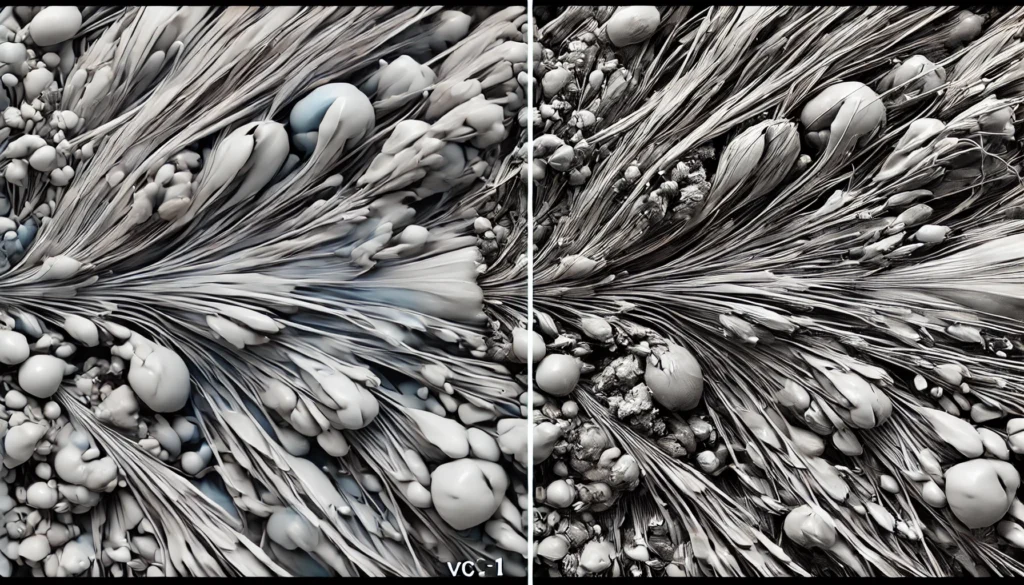
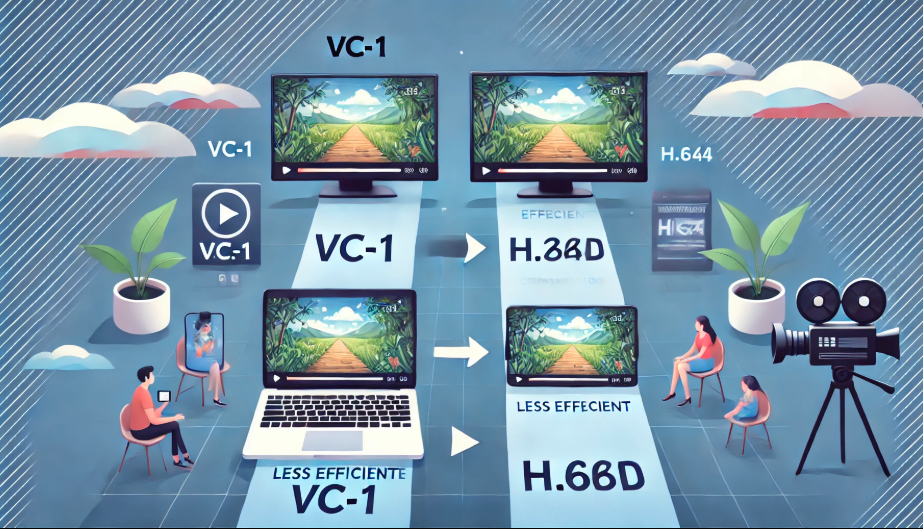



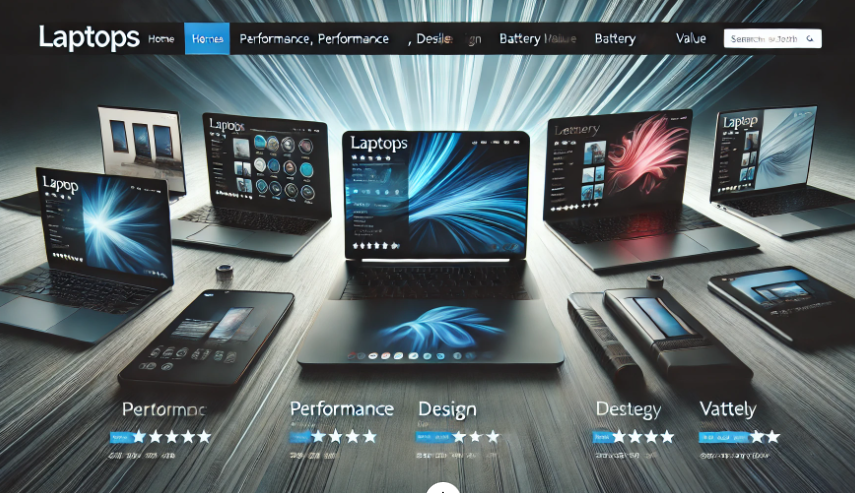


















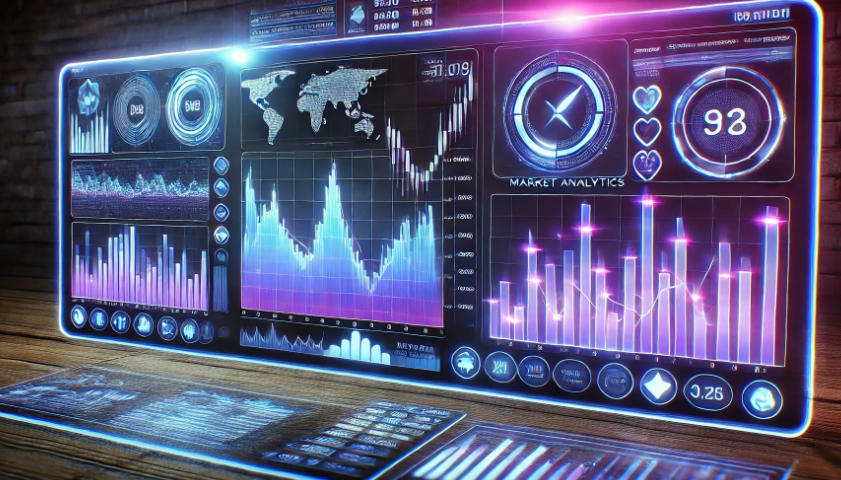


























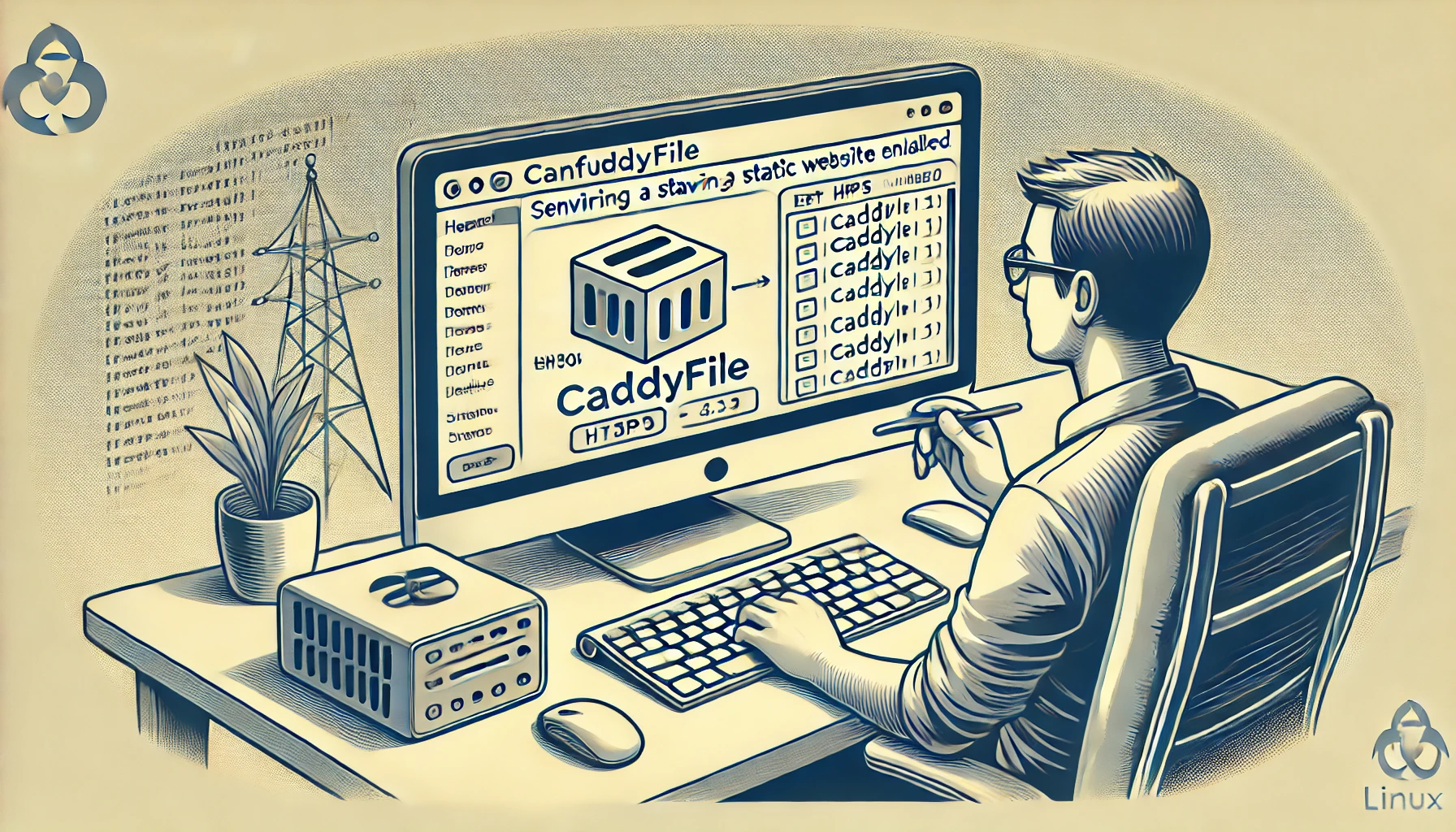

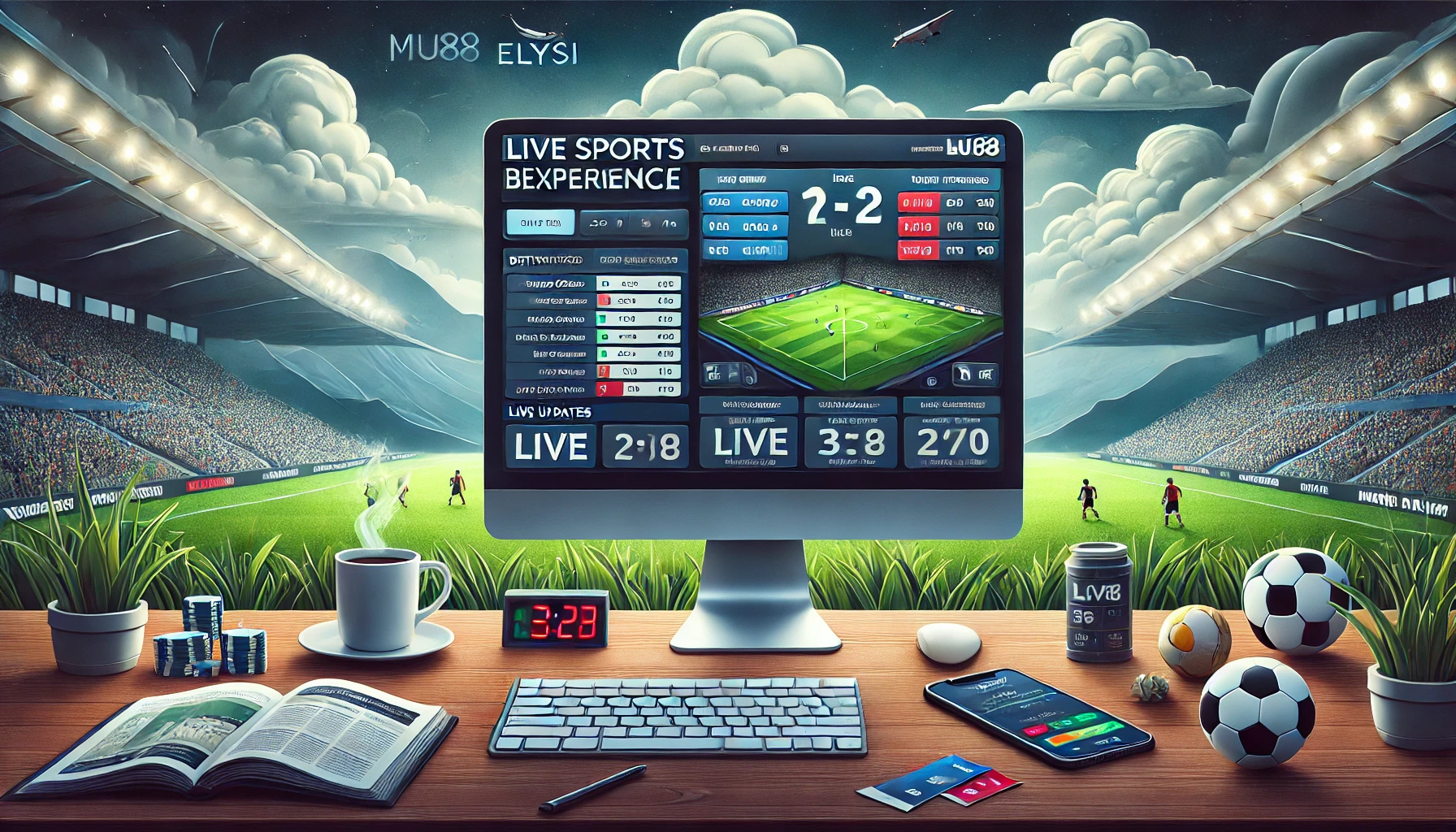

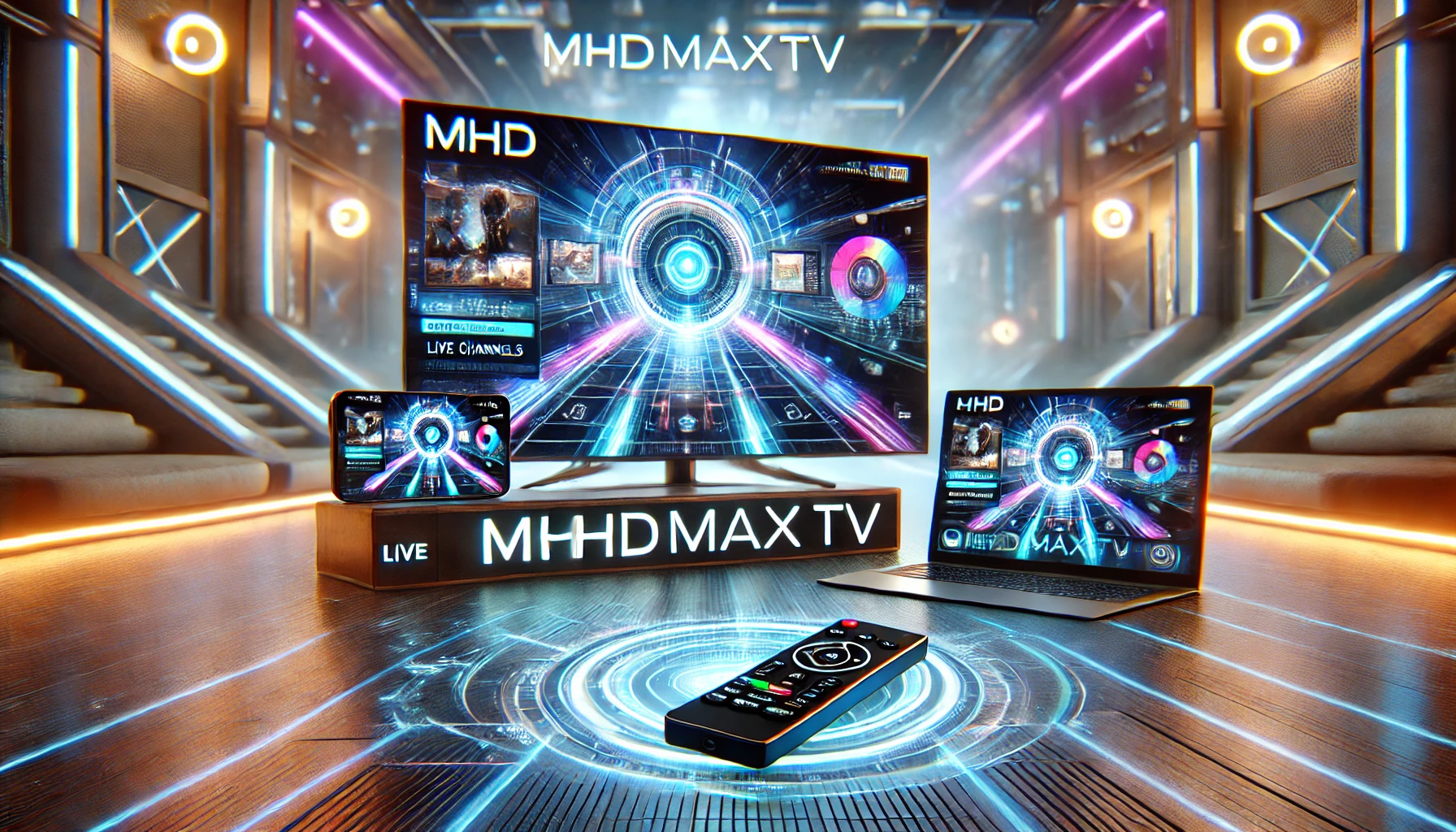



Leave a Reply